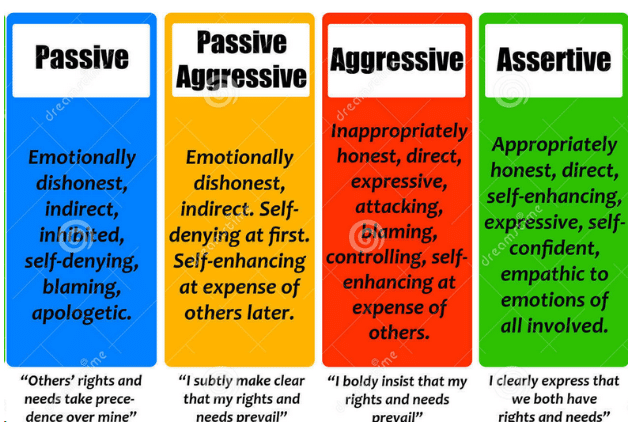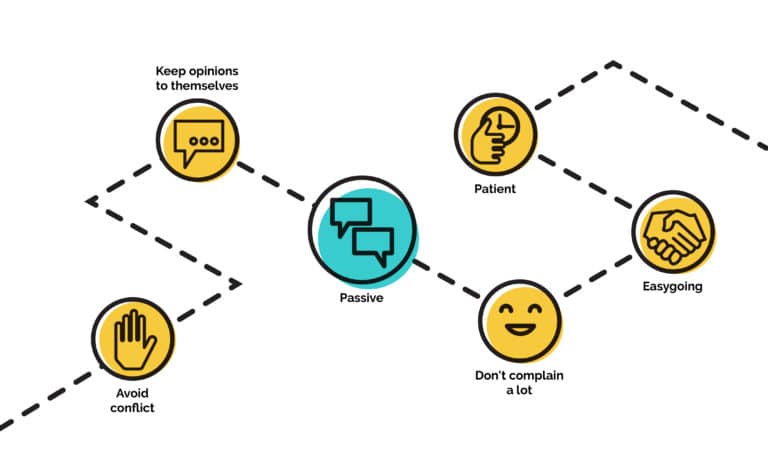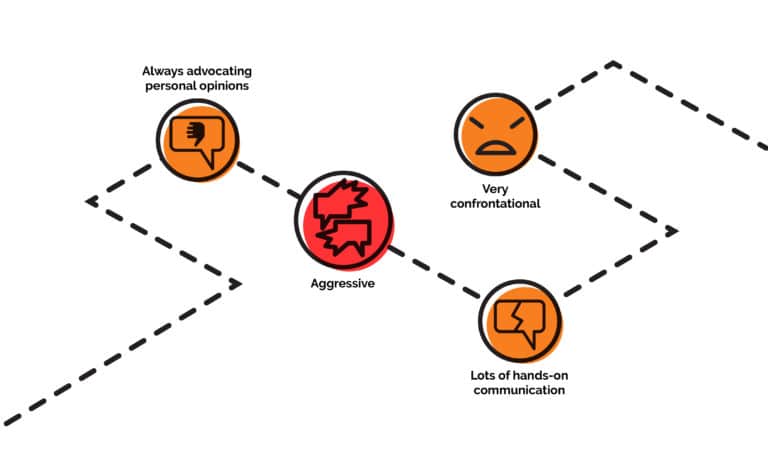Effective content marketing is rarely a one person job. It takes clear communication between every department to craft marketing messages that achieve the results you seek. To ensure your business is headed in the right direction, you need to understand the different communication styles in the workplace.
Whether you’re running a brick-and-mortar store or an ecommerce site, the ROI of your marketing depends on employee communication. And with so many personalities in a typical office (even if it’s a virtual workplace), maintaining clear communication can be a challenge.
What Are the Different Communication Styles?
There are four basic styles of communication in the workplace: Passive, aggressive, passive-aggressive, and assertive. People also have different intelligences, with some believing people have multiple intelligences. These intelligences impact the way we learn and communicate. Each of these styles not only impacts the communication among your departments, but they also influence how effective your marketing assets are, including your infographics, explainer videos, whiteboard animations, and more. Even colors and fonts impact how we communicate and learn.
Each style has both behavioral characteristics as well as non-verbal behavior tendencies. As you explore these different learning styles, you’ll likely notice one applies to you more than the others. You’ll also find yourself thinking about the different people you work with and the communications style that best applies to each of them.
The truth is, you need different communication styles in the workplace to keep a balance. Can you imagine if everyone had an aggressive communication style?
#1: Passive Communication Style
Those with a passive communication style tend to act somewhat indifferently, meaning they are constantly yielding to others. Instead of expressing their feelings and opinions, they prefer to just listen to others express themselves. It’s not uncommon for those with this communication style to have a lot of built-up resentment since they don’t share their feelings. They are often misunderstood because of their lack of expressing themselves.
Passive communicators tend to excel in resolving conflict and are very easy to get along with. But they also have the inability to say no. This causes them to put in long work hours and easily become exhausted.
A common phrase of a passive communicator is: “I just want to keep the peace.”
#2: Aggressive Communication Style
People who boast an aggressive communication style are very opinionated. They don’t mind saying exactly what is on their mind, even it hurts someone else’s feelings. They are often loud and demanding and have a tendency to blame their mistakes on others. They also ask questions rudely but then demand respect from others. When controlled properly, those with this communication style usually make great leaders because of their ability to get others to follow them.
A common phrase of an aggressive communicator is: “I’m right and you’re wrong.”
#3: Passive-Aggressive Communication Style
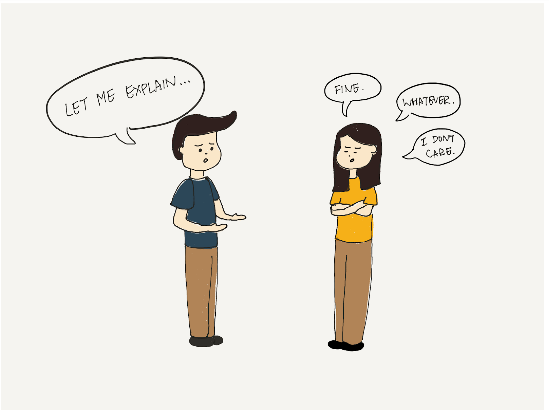
Those with this communication style often use facial expressions that don’t exactly correlate with how they are feeling and are known to use a lot of body language to communicate.
#4: Assertive Communication Style
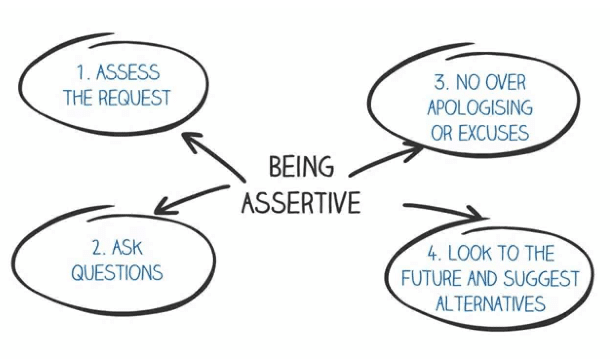
A common phrase of an assertive communicator is: “I feel that this way is the best way, but I’d really like to hear your thoughts on it.”
The Importance of Effective Communication
Effective communication among workers ensures that you have a good understanding of your customers, including their interactions with the sales and customer service departments. This is crucial to achieving a strong ROI on your marketing efforts. It also helps you overcome marketing obstacles.

Creating marketing messages that convert customers requires extensive research and knowledge. It also requires finding a way to bring your marketing messages to life with visuals, such as infographics, explainer videos and pop-ups. Studies show advertisements with visuals outperform those without them.

Lastly, with the emergence & explosion of Web3, consider IGW your go-to NFT Consultant to guide your journey.


